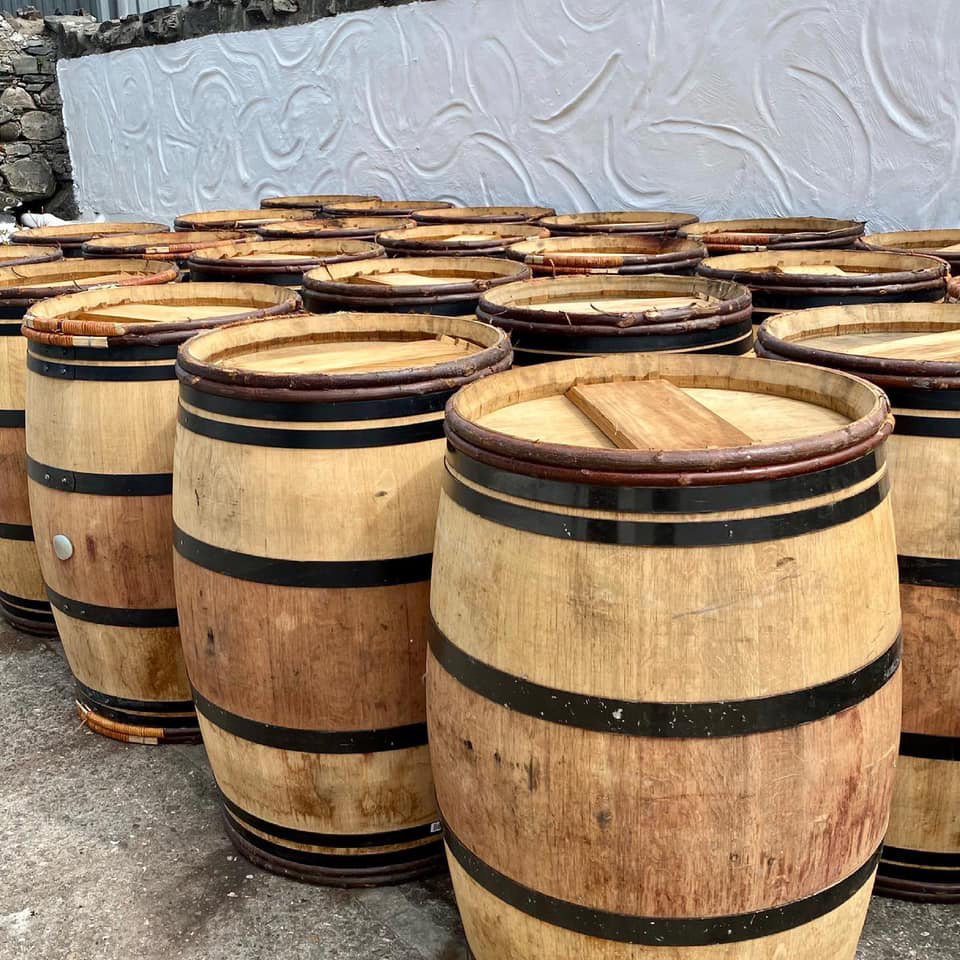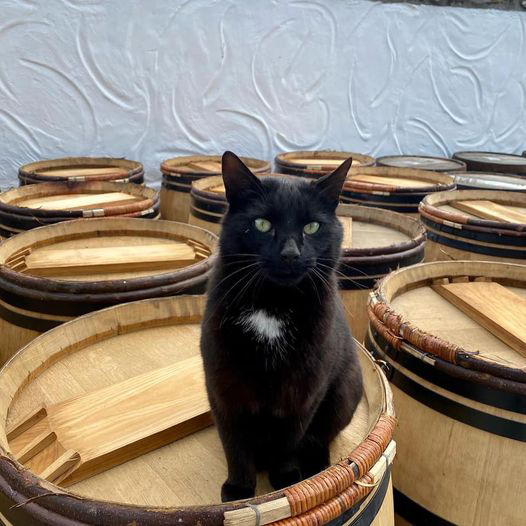Delivery of Amarone Wine Casks
Kilchoman proudly announced today the arrival of a shipment of Amarone wine casks from the Valpolicella region, which will be filled in the following days (Anthony Wills had already mentioned this briefly on 4 June at the Fèis Ìle Experimental Cask Live Tasting). So in a few years’ time, we can look forward to Kilchoman whiskies matured in another “experimental cask type”.
.


.
Amarone della Valpolicella, or simply Amarone, is an Italian red wine from the Valpolicella area in the Veneto region. It is a dry red wine, but is vinified in a similar way to a sweet wine. Some of the grapes are dried for at least 100 days before pressing ("appassimento"), which gives the wine its high alcohol content.
An Amarone differs from the rather lighter Valpolicella wines that are traditionally drunk with food in Italy. It is a heavy wine with a rich flavour. It gets its name from the bitter notes that are sometimes present (Italian amaro = bitter). It retains its character in the bottle for 10 to 15, sometimes even up to 30 years after the harvest.
The best grapes, which are not affected by rot, are placed on wooden racks for drying immediately after the harvest and are dried in well-ventilated attics or storage rooms for two to four months until they have lost around a third, sometimes even half, of their weight. The process is called "appassimento" (withering/shrinkage) in Italian. The water in particular evaporates, while the acid, sugar and extract substances are retained and become increasingly concentrated. As there is a risk of rotting, the grapes have to be laboriously turned, rearranged and, if necessary, sorted out during this process and also ventilated by fans before they are pressed almost as sultanas. The longer and more carefully the appassimento is carried out, the higher the concentrate. The transformation of the fruit sugar into polyphenols and resveratrol gives the must a special flavour.
Due to the high sugar content, the yeasts reach alcohol levels of around 15 % vol. before they die off. However, a lot of sugar remains in the must. In the case of Amarone, however, further fermentation takes place, which helps the wine to reach alcohol levels of up to 16 or 17%. As the winegrowers were initially unable to explain this phenomenon, they referred to it as a miracolo (miracle) for advertising purposes. Today we know that special alcohol and temperature-loving yeast strains are responsible for this. (Wikipedia)
.
